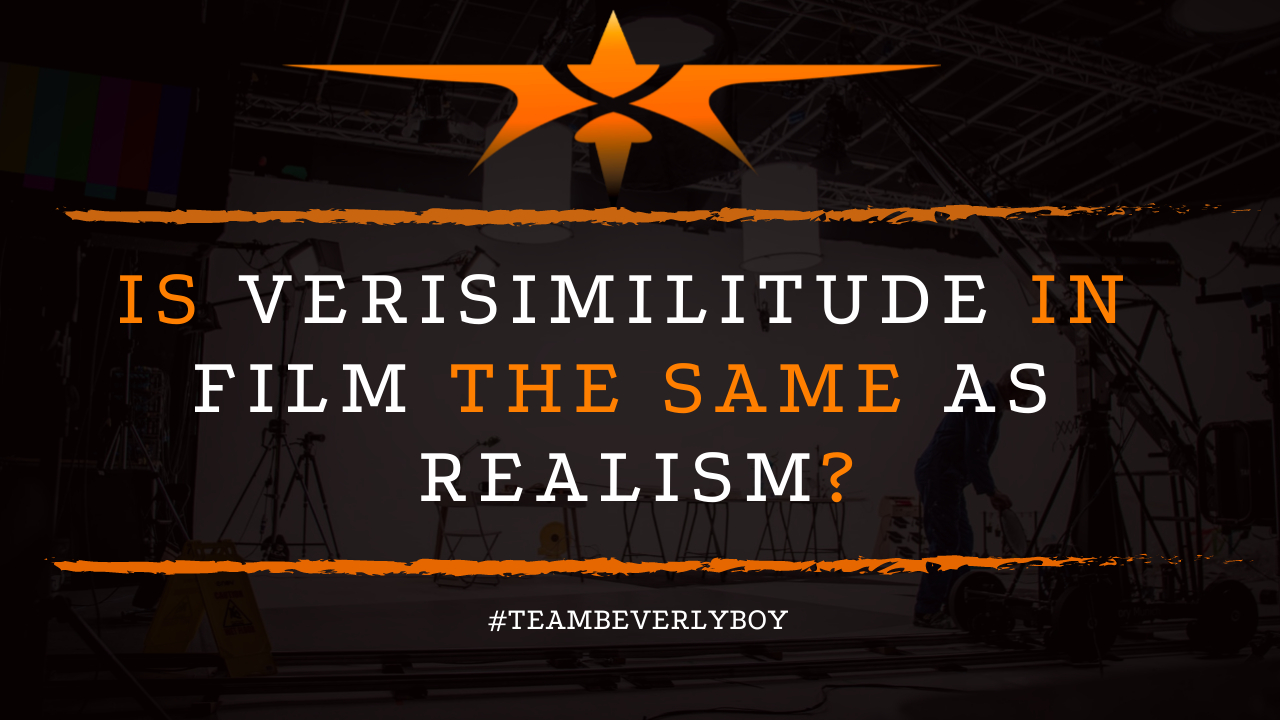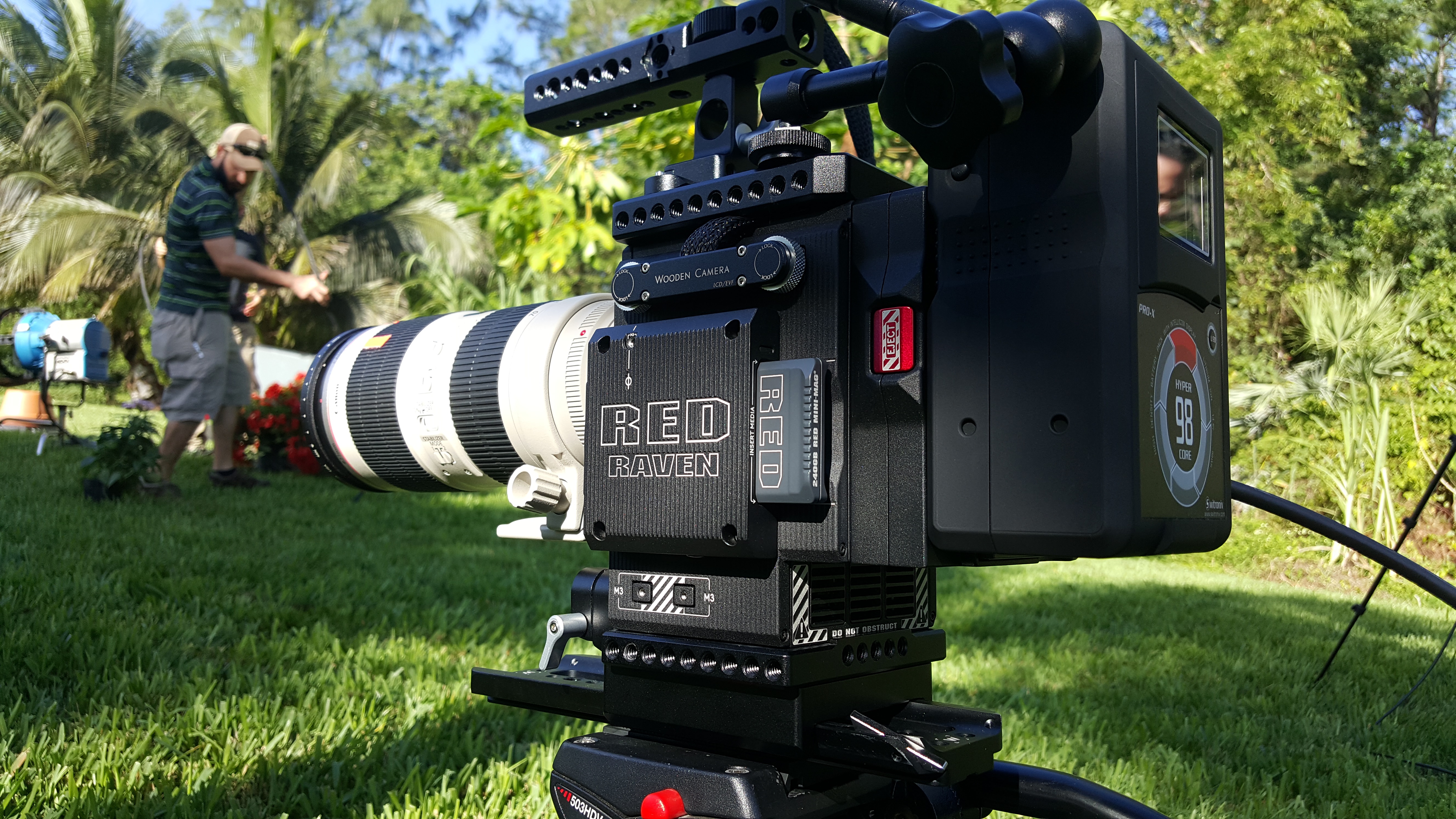
Is Verisimilitude in Film the Same As Realism?
When an audience enjoys a film they typically make connections with the elements of the plot and individual actions taking place within the story. They will follow along with the facts that are delivered as the story progresses and they will find the story most meaningful if there is verisimilitude, or in other words, if the context of the film is realistic. Through creativity and hard work a filmmaker creates a world that has verisimilitude in film and appears realistic. But is verisimilitude in film the same as realism in filmmaking?

What is Verisimilitude in Film?
Verisimilitude is reality of the world in a film. It’s not absolute reality, or reality in “real life” outside the film world. But rather reality within the world.
Let’s take an example, Jaws, the classic 1975 film directed by Steven Spielberg. We know that sharks don’t chase down and attack people in reality.
We know that shark bites do occur, but sharks simply do not chase people down for the kill.
Jaws
However, Jaws created this scenario in which a shark chases down virtually anyone and everyone that enters the open water.
In the story world created by Spielberg, everything about the film tells us that sharks, particularly this one shark, will chase you down and kill you if you’re in the open water.
This is verisimilitude for the film as the viewer knows and expects that the shark is in the water chasing people down and killing them.
Realistically
If within the film there were to be a scene in which someone were swimming and the shark were to come into open water and just casually pass by the swimmer without any attacking.
It simply wouldn’t be realistic for the movie Jaws. Although this would be realistic in real life, because there are sharks in open water and rarely do they seek out people and attack them.
In fact, instead of a shark attacking people in “real life” it will usually pass right by.
Or, worst case, it might accidentally bite someone but usually thinking the human is prey and not actually full on attacking in such a way that the individual dies.

What is Realism in Film?
Realism in film is represented by the creation of footage which portrays the illusion of or the effect of reality. Films that try to create realism generally involve the director trying to show the film world.
In such a way that it closely matches reality with minimal interruption or manipulation in the form of editing or otherwise changing footage. The film is accepted as a general reflection of reality.
In a story that employs realism, both the narrative and how the story is told as well as the visual elements of the story are realistic.
Realism does not create a “film world” for the audience to escape the “real world” the way most Hollywood films attempt to do.
Instead, realism seeks to show the audience a world as closely connected to the real world as possible.
This means that the visuals, narration, and other elements of the film attempt to be fully grounded in reality for the sake of the audience there is no fictional world created the illusion instead is of mirrored reality.
Thus, if Jaws the Steven Spielberg film from 1975 were “realism” which it was not. But hypothetically speaking, if the film were realism?
The audience would expect to see scenes in which the shark may be present in the ocean. It may even swim close to a boat or close to a swimmer.
But there would likely not be any attack by the shark. If a human were to get too close to the shark, it’s possible that it would bite.
But highly unlikely that any further attempt to injure a human following the initial bite would be made.
This is because realism attempts to pitch reality to the audience and in reality, sharks don’t attack humans.
Is Verisimilitude and Realism in Film the Same?
Realism in film is different from verisimilitude in the fact that realism seeks to create a realistic storyline with realistic visuals and realistic narrative based on a mirrored reflection of real life.
Verisimilitude in film seeks to create a realistic story world. The world does not have to be realistic according to “real life.”
Verisimilitude merely seeks to create a realistic story world. A story world that is believable to the extent which the story has been created.
Consider This
Looking at the example, of Jaws, there was amazing verisimilitude in the film.
Because Spielberg did an excellent job at making the idea that the shark would attack anything that entered the water realistic for that film.
Thus, it was realistic for the shark to attack the boat. It was realistic for the shark to attack swimmers. All of it was realistic for THAT WORLD, the story world created for the film.
According to Reality
Realism requires realistic visuals and narrative according to REAL LIFE. Whereas verisimilitude in film requires something to be realistic to the story world that is created for the film.
Thus, if Jaws had shown a swimmer in the water with the shark at some point and the shark didn’t care about the swimmer.
The story would have lacked verisimilitude because that simply would not have been a realistic scenario for that world.
Would it be realistic for reality? YES, but not for the world created by the Director of that film.
In Summary
So, is verisimilitude in film and realism in film the same thing? NO! Verisimilitude is creating something realistic to the story world created for the film.
And realism is creating something that is realistic as a mirror to actual real life. A film can have verisimilitude and realism, but realism is not required in order to achieve verisimilitude in film.


